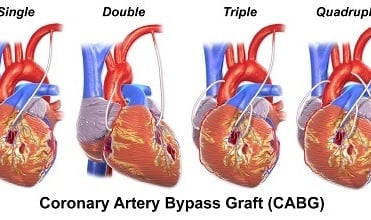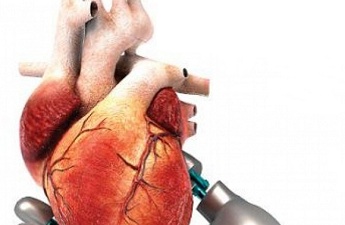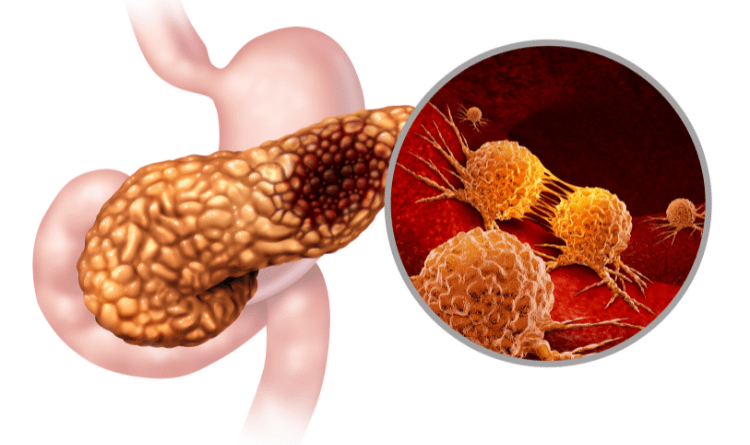Fibroids are non-cancerous growths that develop in the womb, which are made of muscles and fibrous tissue. Their size may vary from that of a pea to that of a grapefruit. Researches show that an average of 50% of women in the reproductive age develops fibroids in the uterus; however, they are only noticed in one-third of them.
Types of fibroids
Fibroids are of 4 types:
Intramural - The fibroid which is embedded in the muscular wall of the womb.
Subserosal fibroid - These fibroids are present beyond the wall of the womb and extend towards the outer layer of the uterus. These fibroids can also develop into pedunculated fibroids in which the fibroid has a stalk.
Submucosal fibroid - The fibroids can be pushed into the womb cavity and usually found in the muscle below the inner lining of the wall.
Cervical fibroids - The roots of these fibroids are located in the neck of the womb, called cervix.
What causes fibroids?
Following factors are usually responsible for the occurrence of fibroids,
Hormonal changes - The fibroids occur most commonly when estrogen and progesterone levels are high. For example, during pregnancy, estrogen levels are high the fibroids tend to swell. Also, a woman taking birth control pills that contain estrogen is more likely to develop uterine fibroids. Low levels of estrogen may cause fibroids to shrink.
Genetic - People having a family history of fibroids or any relative of blood relation having fibroids have more chances of getting fibroids.
Growth factors- Certain substances that help to maintain the tissues like insulin-growth factor can also affect the fibroid growth.
Certain substances like red meat, alcohol, and caffeine tend to increase the risk of having fibroids.
Obesity is another factor that increases the chances of fibroids.
Pregnant women having fibroids are reduced after the delivery.
Who is more prone to fibroid?
Women reaching the stage of menopause are at higher risk for fibroids than others. This is because they have long exposure to high levels of estrogen.
Obese females have more tendency to develop fibrosis than others.
Race of the patient might also be a risk factor. For example, as per the research studies, female with African- American origin are at higher risk.
On the flip side,
It is studied that women who already have two children, who are alive, have half the risk as compared to those who do not have any children.
Signs and Symptoms
In several cases, fibroids do not manifest any symptoms, due to which they go unnoticed. In other cases, the patient may show the following symptoms:
Prolonged and heavy menstrual cycle.
Abnormal bleeding other than the menstrual cycle
Pain in the pelvic region.
Low back pain.
Pain during sexual intercourse.
How are fibroids treated?
Medications
Anti-hormonal drugs- these drugs oppose the action of the female hormones (estrogen and progesterone), thus helping in treating fibroids.
GnRH agonist- these are gonadotropin-releasing hormone agonists- these help in lowering the levels of estrogen in the body, which leads to medically generated menopause. This helps in shrinkage of fibroids, thus making the surgery easier.
Anti-inflammatory painkillers- these are usually prescribed for pelvic pain or discomfort.
Uterine artery embolization- In this procedure, the arteries supplying blood to the fibroids are blocked. Hence the blood supply to the fibroids is cut off causing the fibroids to shrink.
Hysterectomy- this involves surgical removal of the entire uterus.
Myomectomy- this is a conservative surgical approach in which the surgeon removes the fibroids leaving the uterus intact.
The recurrence rate of fibroids
Fibroids that are surgically removed, do not grow back. However, there is a probability of growth of new fibroids.
According to some of the best gynecologists in India, the recurrence of fibroids depends on the following factors:
The recurrence rate of fibroids increases with increases by the time after the surgery.
Factors such as weight gain, hormonal changes or genetics significantly influence the recurrence of fibroids.
Women with single fibroid have fewer chances of recurrence than those who have more than one.
However, these fibroids may or may not be symptomatic. It most of the cases, the patient is able to conceive by natural method. As per a research study, it was revealed that 38% of women with primary infertility and 50% with secondary infertility who underwent abdominal myomectomy had a successful pregnancy.




